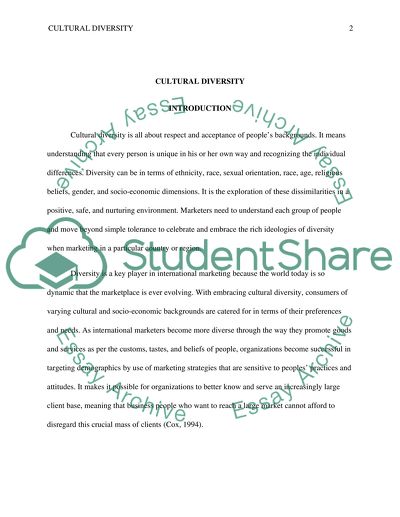Cite this document
(“International Marketing Project 2/5 final Assignment”, n.d.)
International Marketing Project 2/5 final Assignment. Retrieved from https://studentshare.org/marketing/1494855-international-marketing-project
International Marketing Project 2/5 final Assignment. Retrieved from https://studentshare.org/marketing/1494855-international-marketing-project
(International Marketing Project 2/5 Final Assignment)
International Marketing Project 2/5 Final Assignment. https://studentshare.org/marketing/1494855-international-marketing-project.
International Marketing Project 2/5 Final Assignment. https://studentshare.org/marketing/1494855-international-marketing-project.
“International Marketing Project 2/5 Final Assignment”, n.d. https://studentshare.org/marketing/1494855-international-marketing-project.


